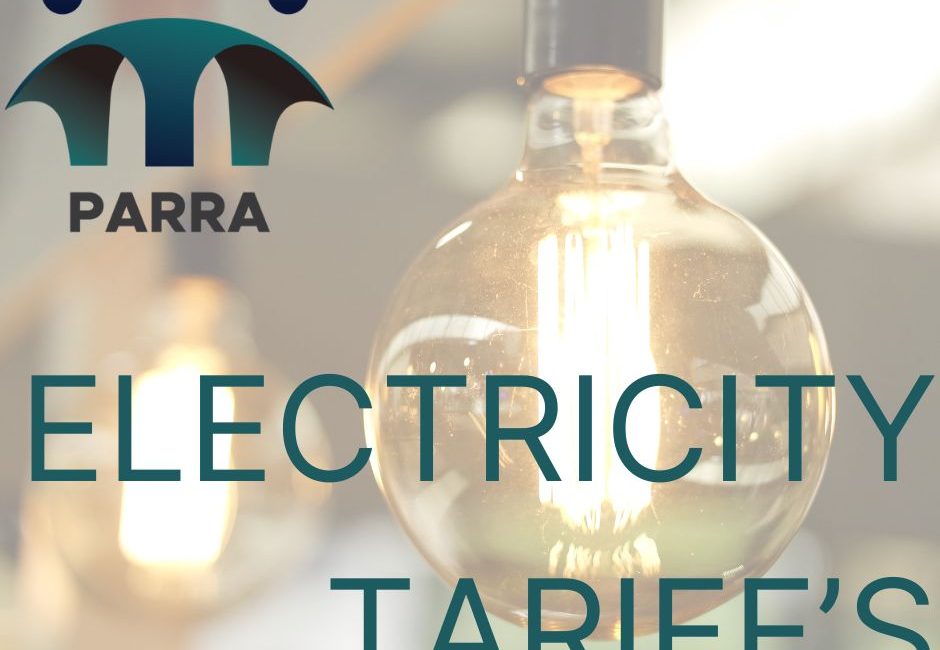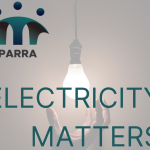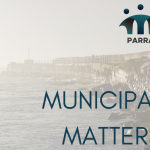PLEASE SEE OUR CORRESPONDENCE ADDRESSED TO NDLAMBE LM ON 8 OCTOBER 2024:
Ndlambe Municipality: Understanding Electricity Costs and Tariffs
- Introduction
Ndlambe Municipality conducted a comprehensive study to analyze its electricity supply costs and current tariff structure. This study was crucial to understanding how much it truly costs to supply electricity and whether the current charges reflect those costs. The study identified inefficiencies, cross-subsidization (where some consumers pay more to cover others who pay less), and proposed adjustments to make the electricity tariffs fairer and more sustainable.
The study had three main objectives:
- Ringfencing Electricity: Separate electricity costs and revenues from other municipal services to see the true financial picture.
- Cost of Supply Study: Calculate the actual cost of supplying electricity to each customer group and compare it with the revenue generated from current tariffs.
- Tariff Study: Examine the structure of the existing tariffs and propose new tariffs that better reflect the true cost of supply.
- Key Findings
Current Tariff Structure
The study found several issues with how Ndlambe Municipality currently charges for electricity. These include:
- Domestic Users:
- Indigent consumers (low-income households) receive significant subsidies. They are not charged a basic fee, and they receive 50 kWh of free electricity every month.
- Low-usage domestic consumers (those who use small amounts of electricity but are not indigent) are also paying less than the actual cost of supply.
- High-usage domestic consumers generally pay closer to the cost of supply but may still be overcharged depending on their electricity usage.
- Commercial and Bulk Users:
- Commercial users pay much higher tariffs than what it costs to supply them with electricity, meaning they are overcharged. This is especially true for businesses with high electricity consumption.
- Bulk users (like large companies or industries) have more complex pricing, with some paying too much and others too little depending on their load factors (how much and when they use electricity).
- Cross-Subsidization: Who’s Paying for Whom?
Cross-subsidization occurs when some users (typically higher-income or commercial customers) pay more to cover the cost of subsidizing others (typically lower-income or indigent users). The study identified significant cross-subsidization in Ndlambe’s tariff structure:
- Indigent and Low-Usage Domestic Consumers:
- These groups benefit from low tariffs and free electricity, which do not cover the full cost of supply. For example, indigent customers are charged 166 cents per kilowatt-hour (c/kWh), while the actual cost of supplying them is 200 c/kWh. This creates a gap that has to be covered by other consumers.
- Commercial and Bulk Consumers:
- On the other hand, commercial users are paying up to 400-500 c/kWh, while the cost of supply is only 380-450 c/kWh. This overcharging helps balance out the subsidies given to indigent and low-usage households.
This cross-subsidization is unsustainable in the long run. As electricity costs increase, these gaps will widen, placing more pressure on overcharged groups and making it harder for the municipality to maintain infrastructure and services.
- Impact of Not Addressing Cross-Subsidization
If Ndlambe Municipality continues to allow such heavy cross-subsidization without making changes, several issues will arise:
- Financial Instability:
- The municipality will struggle to cover the costs of supplying electricity. As energy prices increase (especially with the rising cost of Eskom electricity), the shortfall from undercharging indigent and low-usage consumers will grow larger. Without balancing the tariffs, the municipality may face significant revenue gaps, which could lead to infrastructure deterioration and reduced service quality.
- Negative Impact on Overcharged Consumers:
- Commercial users and bulk consumers are already paying more than their fair share. If they continue to bear the burden of cross-subsidization, they may seek alternative energy solutions (like solar power) or move their operations elsewhere. This could lead to reduced revenue from this important customer segment, further increasing the financial burden on the municipality.
- Lack of Investment in Network and Maintenance:
- With insufficient revenue, Ndlambe Municipality may not be able to invest in upgrading and maintaining the electricity network. This could lead to more frequent power outages, slower response times for repairs, and an overall decline in service quality. Additionally, without necessary upgrades, the municipality may struggle to meet future energy demands.
- Proposed Solutions: Making Tariffs Fairer
The study proposed several changes to make the tariff structure fairer and ensure that Ndlambe Municipality can continue to provide reliable electricity while maintaining financial sustainability.
For Indigent and Low-Usage Consumers:
- Indigent consumers will still receive 50 kWh of free electricity, but the municipality will seek to recover more of the cost from equitable share funding (a grant provided by the government to support local municipalities).
- For non-indigent low-usage consumers, the first block of their consumption (the cheapest block) will be priced more fairly to better reflect the actual cost of supply. These customers will also start paying a basic service charge to help cover fixed costs like metering, billing, and customer service.
For Commercial and Bulk Users:
- Commercial and bulk users will see a more balanced tariff structure. The aim is to stop overcharging these customers and instead align their tariffs more closely with the actual cost of supply. By charging commercial users fairer prices, the municipality hopes to retain these important consumers while reducing the need for subsidies.
New Pricing for Small-Scale Embedded Generation (SSEG):
- The study also proposes new tariffs for consumers who generate their own electricity through solar panels or other means. These customers will still pay for their connection to the municipal grid, and the electricity they sell back to the grid will be compensated at a lower rate than Eskom’s purchase price. This ensures that the municipality remains financially sustainable while encouraging clean energy adoption.
Time-of-Use Tariffs:
- For larger consumers, Ndlambe plans to introduce time-of-use (TOU) tariffs. This means that electricity prices will vary depending on the time of day and the season. Consumers who use electricity during off-peak hours (when demand is low) will pay less, while those who use it during peak hours will pay more. This encourages energy-saving practices and helps reduce strain on the grid during high-demand periods.
- Projections for the Next 5 Years
The study included projections based on expected electricity price increases over the next five years. With prices expected to rise by about 8% annually, the gap between the cost of supply and what customers are paying will continue to widen if no action is taken.
Future Tariffs (2024-2029):
- Indigent consumers could see their tariffs rise from 166 c/kWh in 2024 to over 225 c/kWh by 2028.
- Low-usage domestic consumers will see similar increases, with tariffs rising from 200 c/kWh to over 272 c/kWh over the same period.
- Commercial and bulk consumers are projected to face significant increases, with tariffs for commercial users rising from 400 c/kWh to over 544 c/kWh and bulk users from 500 c/kWh to over 680 c/kWh.
Without reform, the growing gap between tariffs and actual costs will put more pressure on the municipality’s finances and may require further tariff hikes in the future.
- What This Means for You
As a consumer, the changes in the electricity tariff structure will have different impacts depending on your usage and customer group. The goal is to ensure that everyone pays a fair price based on the actual cost of supplying electricity. Here’s what you need to know:
- If you are an indigent or low-usage domestic customer, you may see some changes in how your consumption is priced. However, the municipality is committed to ensuring that you still receive free or discounted electricity through government funding.
- If you are a commercial or bulk user, you will likely see a reduction in your electricity bills as the overcharging is corrected. However, if you use electricity during peak hours, you may need to adjust your usage patterns to take advantage of new time-of-use tariffs and avoid higher costs during peak demand.
- Conclusion
The Ndlambe Municipality’s Electricity Cost of Supply and Tariff Study highlights the need for a fairer and more sustainable electricity pricing structure. The proposed changes aim to reduce cross-subsidization, ensure that all consumers pay a fair share of the costs, and provide the municipality with the revenue it needs to invest in maintaining and improving the electricity network.
As electricity prices rise in the future, it is more important than ever to ensure that tariffs are reflective of the actual costs of supply. By making these adjustments now, the municipality can avoid bigger financial problems down the line, ensuring reliable and affordable electricity for all consumers.






